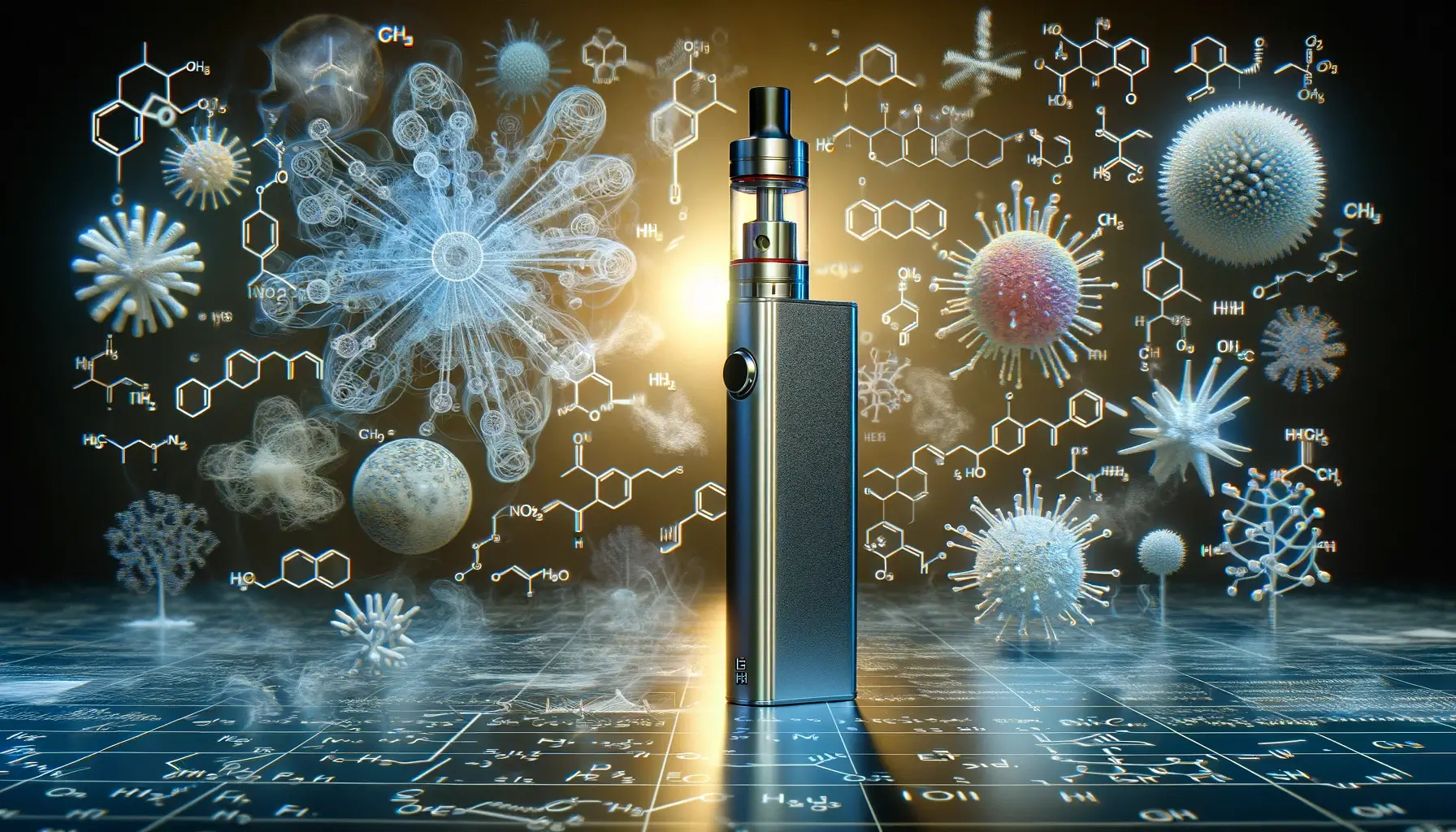Vaping is growing amongst students and is a major concern for school administrators around the globe. They are now looking for solutions that will help combat the issue. Vape detectors, specially designed to be used in schools, have emerged as a useful tool for maintaining a safe and healthy educational environment. These devices are not just employed to detect smoke from vape and other safety issues like crowding and loitering.
1. The Increasing Need for Vape Detectors in schools
As the popularization of smoking e-cigarettes schools are confronted with challenges in detecting and preventing smoking among their students. Vaping is harmful for health, especially for youngsters, it also causes disruption in school environments. Vape detectors have been designed to address these concerns, and give real-time notifications to allow staff to take action immediately. These alerts let administrators find students who are smoking in restrooms or locker rooms in addition to other confined spaces.

Vape detectors are in high demand due to the need to limit the use of tobacco among students, identify violators, and ensure a secure environment for everyone. Vape detectors can be strategically installed within schools to discourage smoking and provide a safer school environment for students.
2. How Vape Detectors Work
Vape detectors use sophisticated sensors that detect the presence of airborne chemicals like THC and nicotine. Vape smoke alarms issue an alert through a dashboard or app to the school’s administrator if it detects vape aerosols. This real-time monitoring allows school staff to react immediately, dealing with the problem and deterring further violations.
Vape sensors go far beyond simple detection. For example, devices like the Triton ULTRA vape detectors for schools have patent-pending occupancy visualization that tracks loitering and crowding in enclosed areas. This is particularly helpful in bathrooms, where students can gather to smoke or engage in disruptive behavior. By identifying high-traffic areas and suspicious locations schools can enhance the security of their students and better allocate resources.
3. Monitoring and alerts in real-time: Benefits
The ability to receive instant alerts whenever vaping is detected is one of the main benefits of vape detectors. For schools, real-time monitoring can be vital to stop smoking vapes and lowering the health risk. These alerts can not only alert staff to the existence of vape, but also warn of a long stay in specific zones.
The capability to detect multiple substances, including both nicotine and THC can make vape smoke detectors an even more useful tool for schools. Administrators can take the appropriate actions by identifying what kind of vaping is taking place and inform parents or conducting further research. This proactive approach may be a way to discourage students from using vape and expose the seriousness of the problem.
4. Security of Privacy and Monitoring
When implementing any type of surveillance system for schools, maintaining privacy for students is essential. Vape detectors tackle this issue with sensors that check the quality of air and occupancy, without recording images or audio. This privacy-compliant solution ensures the rights of pupils while still offering a secure and safe solution.
Triton Sensors, for example, offers vape detectors for schools that are 100% privacy-compliant. Their technology, which is patent-pending, for the visualization of occupancy offers valuable information on Looting, crowding and loitering without compromising privacy. This new approach makes vape detectors ideal for vulnerable areas such as restrooms and locker rooms, in which traditional surveillance is not appropriate.
5. Vape Detectors and School Safety: A Greater Impact
While vape detectors are specifically designed to detect e-cigarettes but their capabilities extend beyond that. Modern vape detectors are able to identify other risks such as aggression or gunshots. They offer a complete solution for safety. This technology has multiple functions and can be used by schools to address a variety of safety concerns and create an environment that is safer for staff and students.
Schools also can gain insight by using vape sensors to detect air pollution and possible dangers to safety. This data-driven strategy allows for the identification of areas that are problematic and will lead to specific policy changes.
Conclusion
Vape detectors are becoming a crucial device in the fight against vaping. The advanced technology behind vape sensors permits real-time monitoring of the situation and immediate alerts for incidents, and privacy-compliant occupancy visualisation. Implementing smoke alarms for vapes into schools can improve safety procedures and reduce unhealthy habits while creating a more healthy learning environment. Investing in vape detection technology is not just a way to stop the vaping crisis but will also make schools more proactive guardians of wellbeing for students.